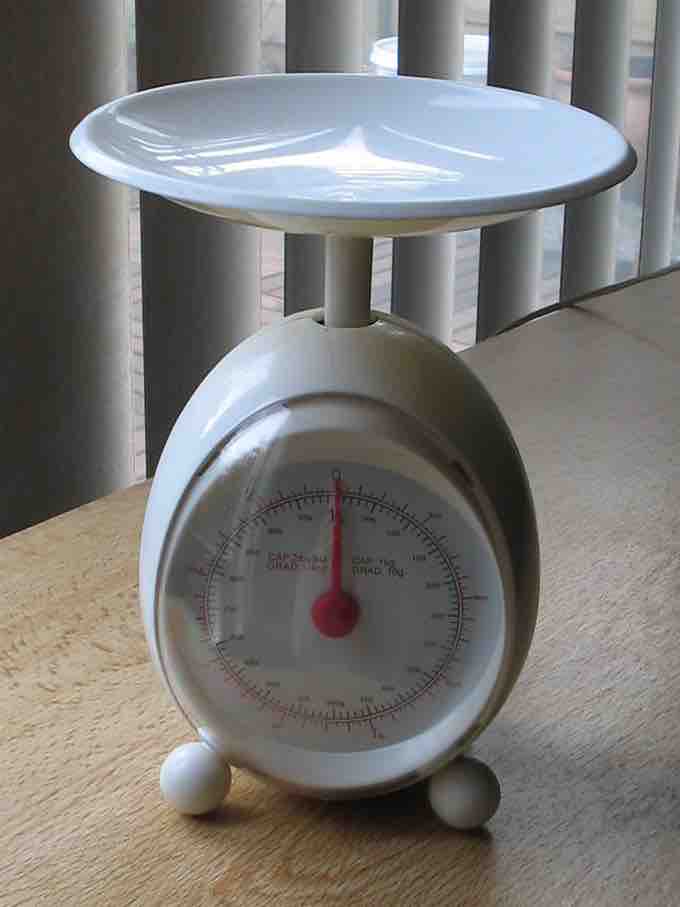In physics, it is important to differentiate the weight of an object from its mass. The mass of an object is an intrinsic quantity, independent of the location of the object. On the other hand, the weight of an object is an extrinsic quantity. It is considered as the force on an object due to gravity. Since gravitational acceleration changes depending on the location in the universe, weight does as well.
Mathematically, the weight of an object (W) can be found by multiplying its mass (m) by the acceleration due to gravity (g):
For most calculations involving the weight of an object on Earth, it is sufficient to assume that
The weight of an object has the same SI unit as force—the Newton (
In US customary units, the weight of an object can be expressed in pounds. Keep in mind that in US units the pound is either a unit of force or of mass. If one must find the weight (as opposed to the mass) of an object in US units, it can be calculated in terms of pounds of force.
It is important to note that the apparent weight of an object (i.e., the weight of an object determined by a scale) will vary if forces other than gravity are acting upon the object . For example, if you weigh a given mass underwater you will find a different result than if you weigh that mass in air. In this case, the weight of the object varies due to the force of buoyancy. While the mass is in the water it displaces fluid, resulting in an upward force upon it. This upward force affects the net force that the mass exerts on the scale, and thus alters its "apparent" weight.

Spring Scale
A spring scale measures weight by finding the extent to which a spring is compressed.This is proportional to the force that a mass exerts on the scale due to its weight.